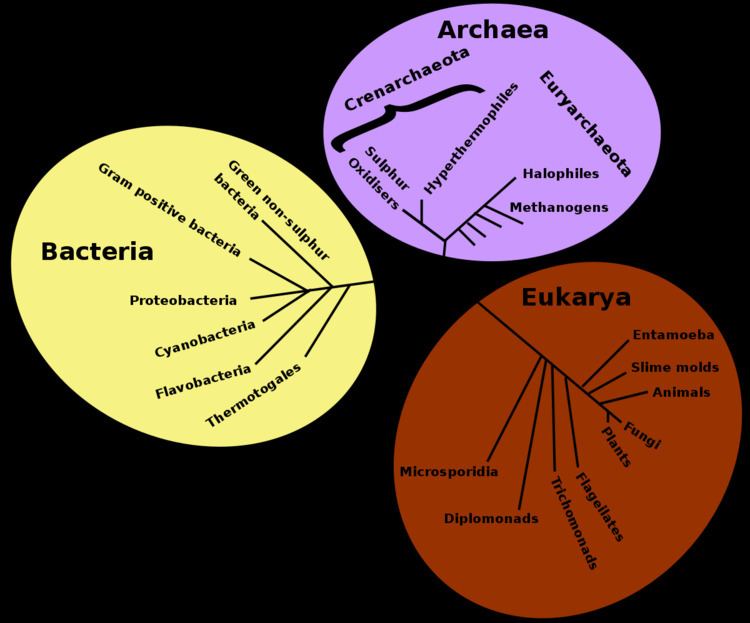 | ||
Evolutionary ecology lies at the intersection of ecology and evolutionary biology. It approaches the study of ecology in a way that explicitly considers the evolutionary histories of species and the interactions between them. Conversely, it can be seen as an approach to the study of evolution that incorporates an understanding of the interactions between the species under consideration. The main subfields of evolutionary ecology are life history evolution, sociobiology (the evolution of social behavior), the evolution of interspecific relations (cooperation, predator–prey interactions, parasitism, mutualism) and the evolution of biodiversity and of communities.
Contents
Pristine, natural environments that have been relatively unaltered by humans are of particular importance in evolutionary ecology because they constitute the environments to which any particular organism has become adapted to over time.
Evolutionary ecologists
Evolutionary models
A large part of Evolutionary ecology is about utilising models and finding empirical data as proof. Examples include the Lack clutch size model devised by David Lack; the 1968 model on the specialization of species by Richard Levins; and Law & Diekmann's models on mutualisms.
